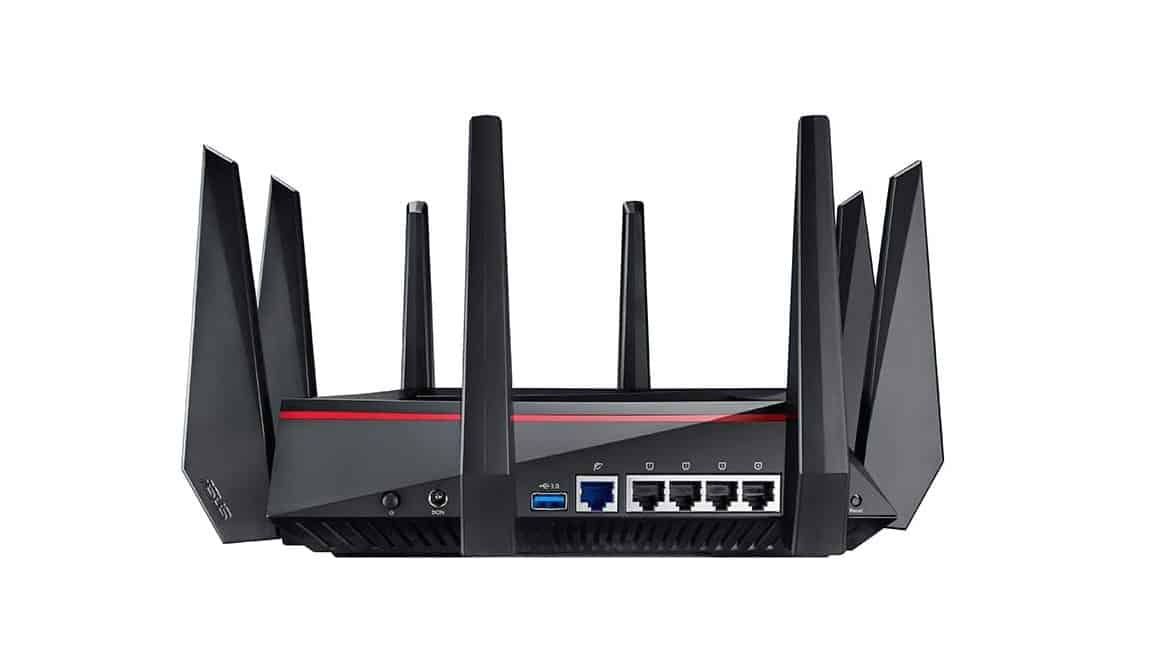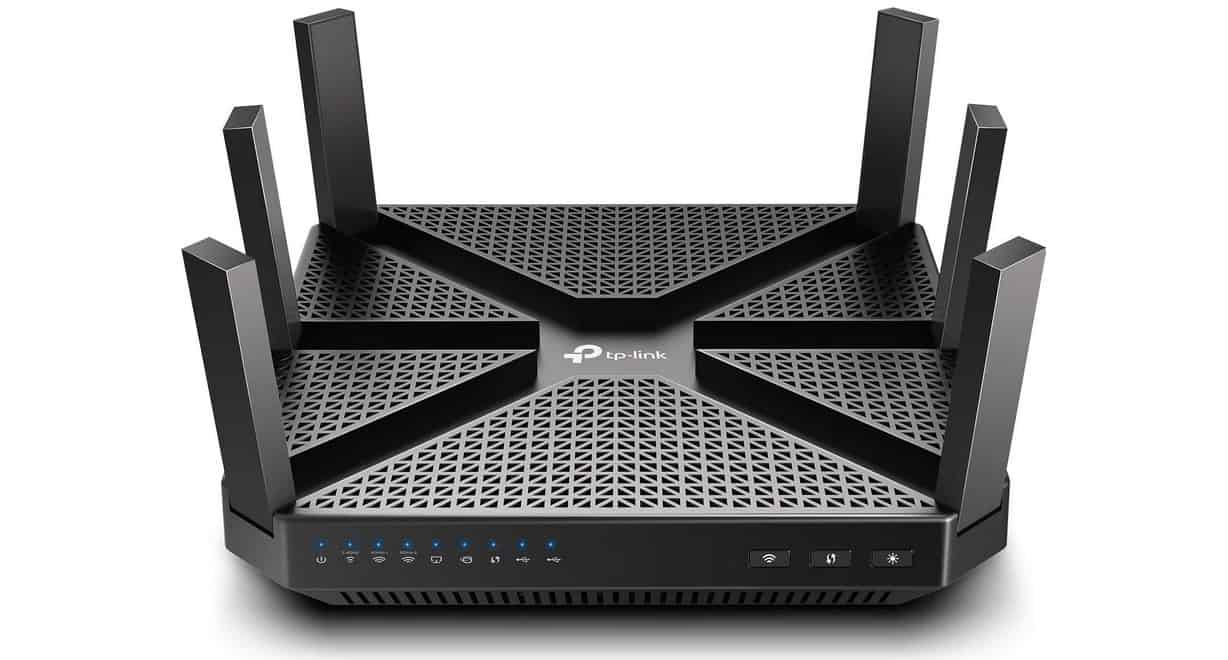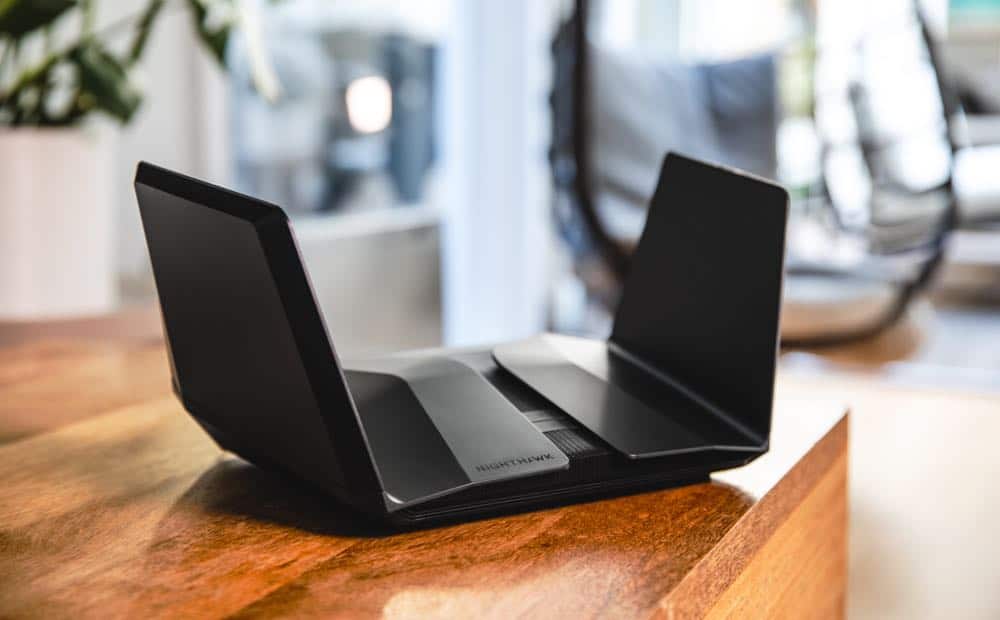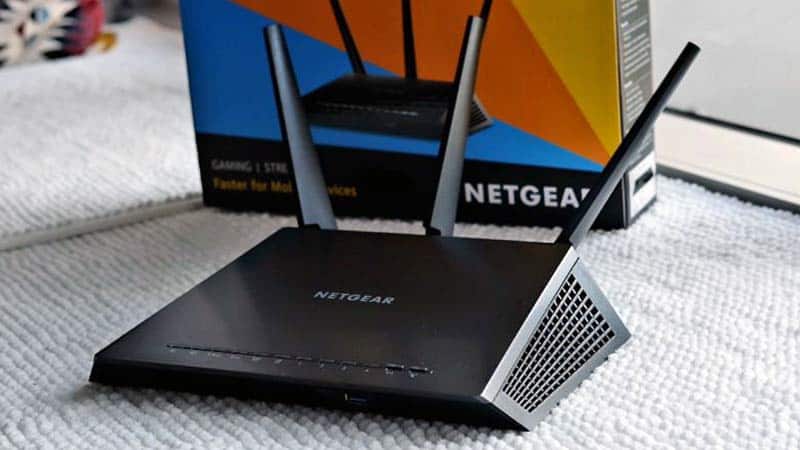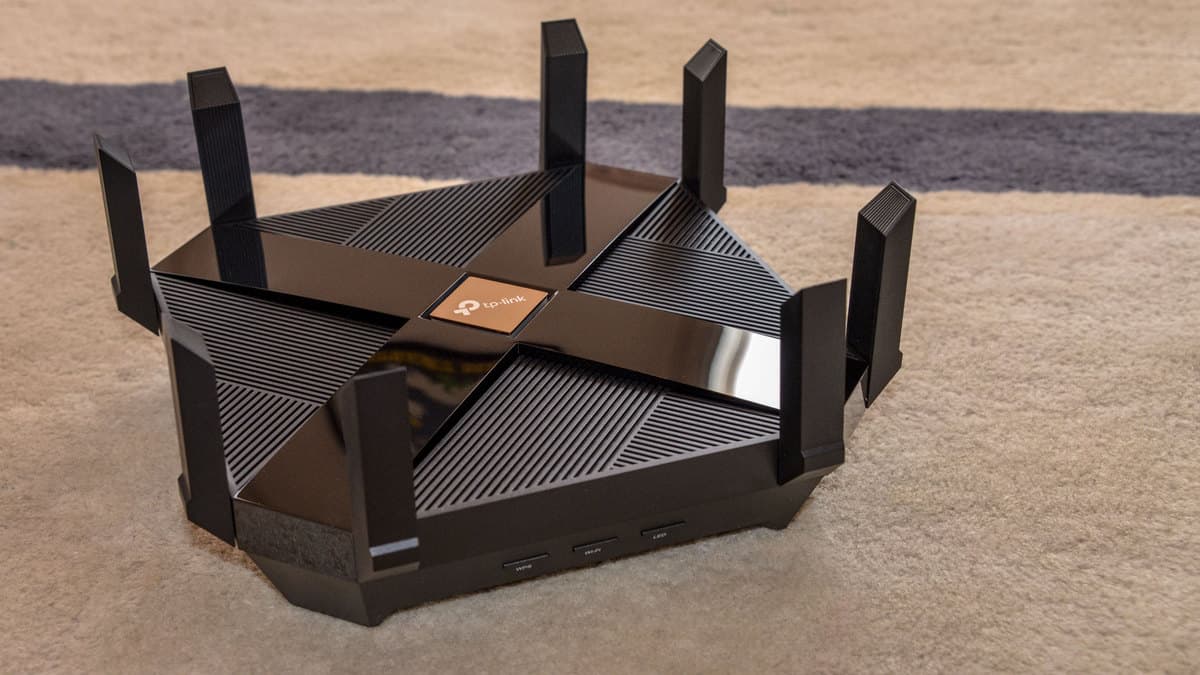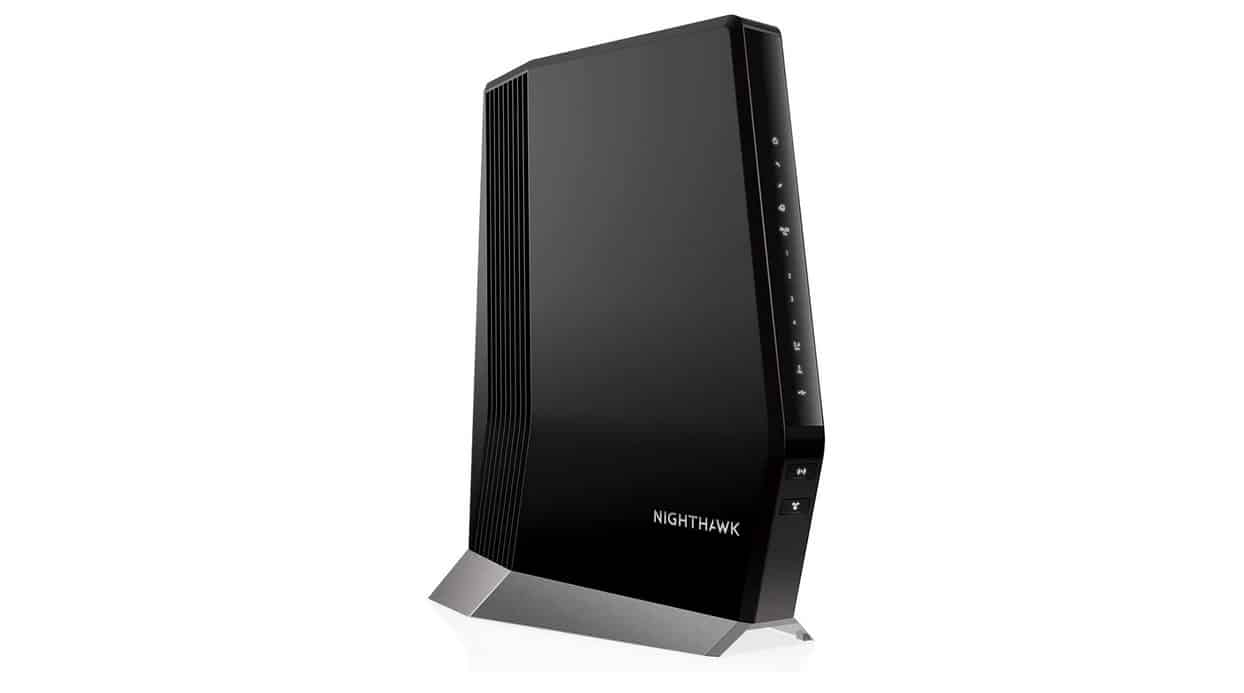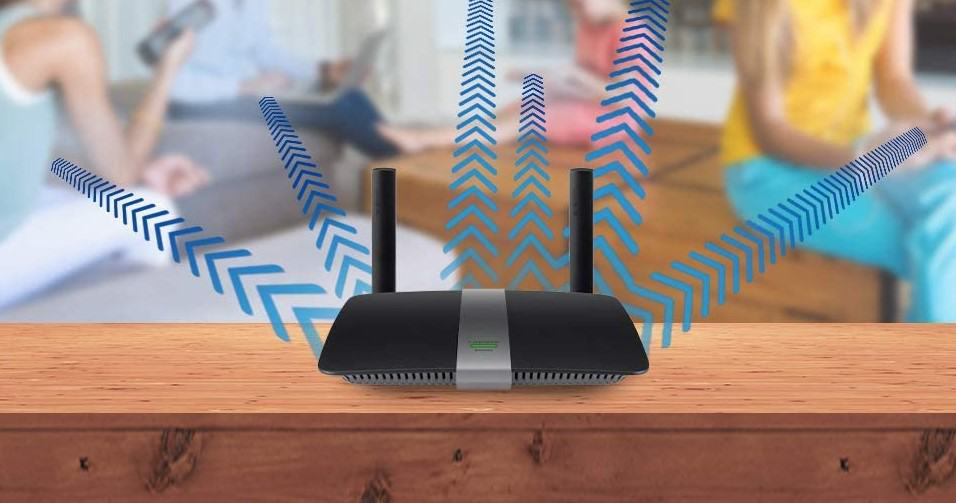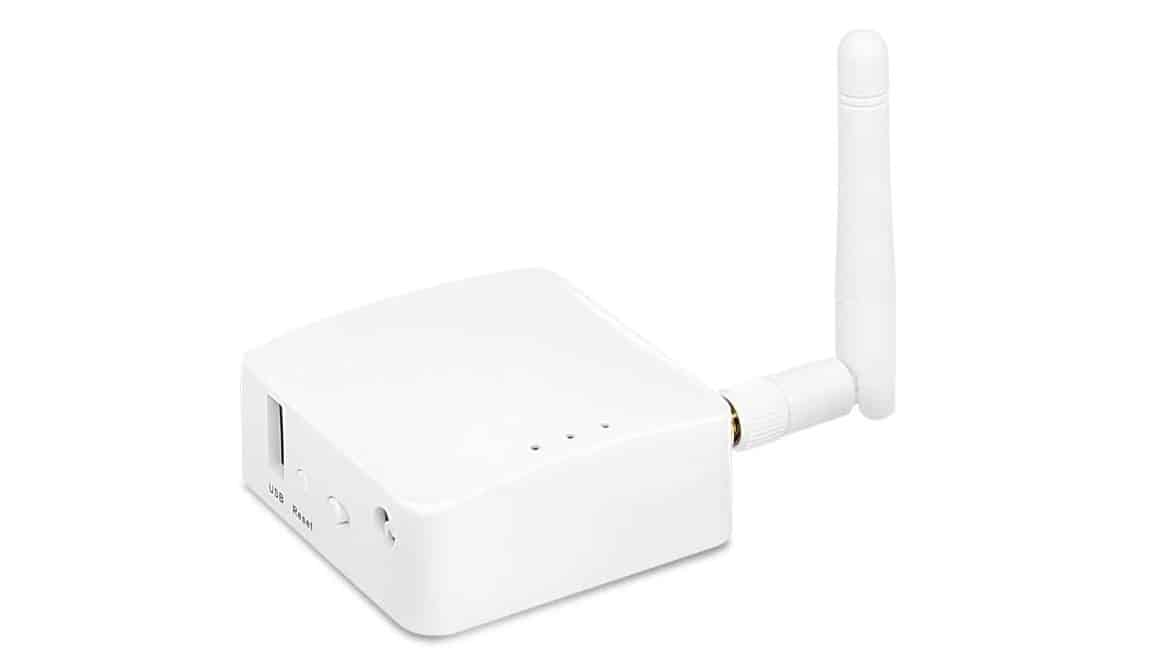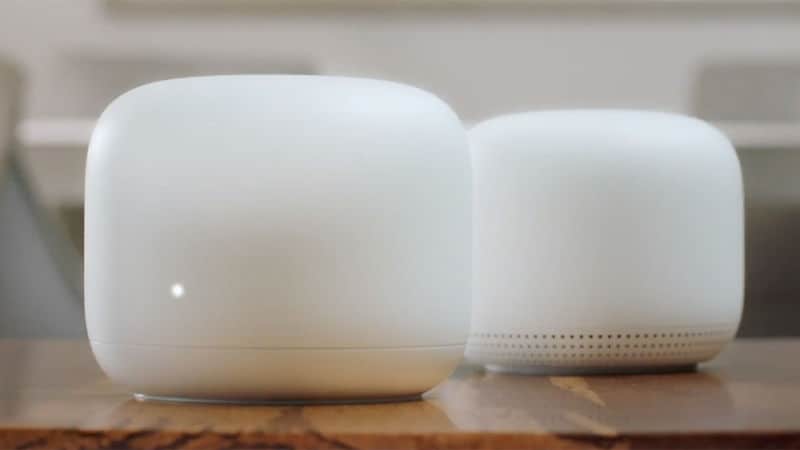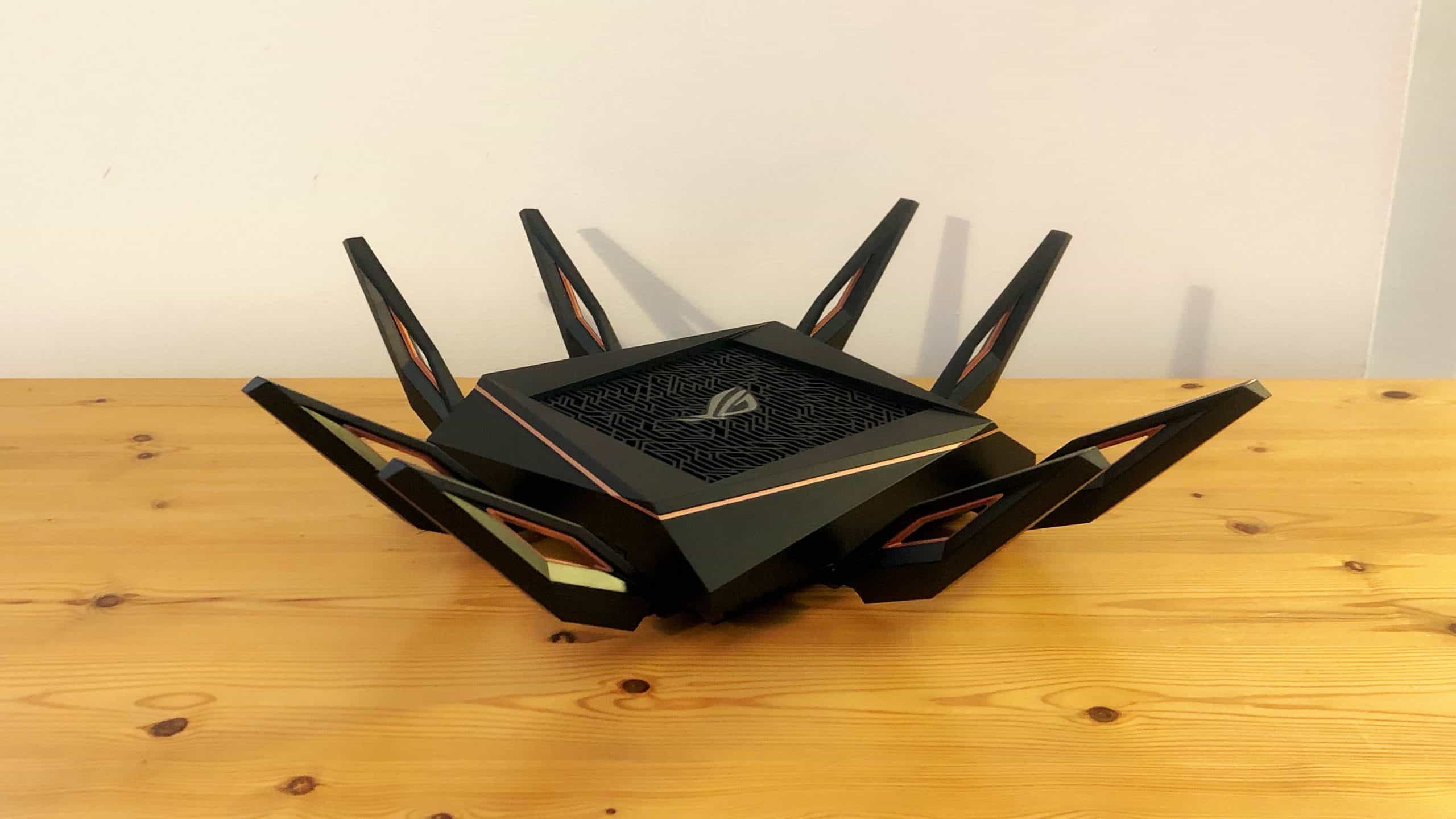Just because everyone’s heard of Wi-Fi, it most certainly doesn’t mean that they know what WiFi is or how it works; in fact, most don’t even know what does WiFi stands for, let alone what all those numbers and letters represent. So keep reading to find out more about WiFi and how the wireless technology works so you can pick the best wireless router for your home or office.
Table Of Contents:
- What Does WiFi Stand For And What Does It Mean
- Where Did “WiFi” Come From?
- What Are All Those Letters About: 802.11
- WiFi Bands: 2.4Ghz vs. 5Ghz?
- WiFi Security: WEP/WPA2-PSK
What Does WiFi Stand For And What Does It Mean
When we talk about the term “WiFi”, it helps to know right off the bat that “WiFi” doesn’t actually mean anything (and nor does it stand for anything).
Many people believe it refers to “wireless fidelity”, but in fact the name is simply just a marketing term that an advertising agency came up with back in 1999 when wireless technology was still struggling to find its feet.
Nowadays of course it has become the de-facto colloquial term for a wireless network. But what does it actually mean, and where did it all start?
Where Did “WiFi” Come From?
WiFi, or wireless networking as it should be referred to, before it became a staple computer accessory, is a technology that’s actually much older than most people think. First tinkered with by a professor at the University of Hawaii named Norman Abramson, the act of transmitting data over the air was first achieved via HAM radio in 1971, though the technology that made it work was downright primitive by today’s standards.
Due to the huge expense of the equipment that was required to make a HAM setup work, wireless would sit dormant on the shelves until the mid-90’s when various formats and wireless frequencies were being proposed as the standard for the band that wireless internet would occupy.
By 1997, the IEEE (Institute of Electrical and Electronics Engineers) had agreed on the 802.11 standard, which at that time was tied to what we now know as 802.11b. In order to get more companies and consumers interested in the wireless internet technology, the IEEE settled on the shortened “WiFi”, which would be adopted across the board as the universal term to describe a wireless LAN network that multiple users can transmit data to and from simultaneously.
What Are All Those Letters About: 802.11
You’ll notice in the previous paragraph, we mentioned that what started as the “802.11” standard was quickly changed to “802.11b”, as the extra letter was added in order to denote the generation of wireless technology that devices could support.
For example, the “b” standard was the very first to come out, and could support a transmission rate of around 11Mbps on the 2.4Ghz spectrum. Next came the “802.11a” standard in 2002, which was capable of transmitting upwards of 54Mbps over the newly minted 5Ghz frequency spectrum.
Fast forward to today, where the latest and hottest on the market is the 802.11ac standard, which is capable of transmitting a whopping 1.3Gbps over both the 2.4Ghz and 5Ghz spectrum at the same time.
WiFi Bands: 2.4Ghz vs. 5Ghz
When we throw a random collection of numbers and letter like “2.4Ghz” out there, readers should know that we’re referencing the wireless spectrum that WiFi routers use to communicate with the devices that they’re hooked up to.
2.4Ghz is the first technology that came out, and is considered to be much more “crowded” than 5Ghz due to the amount of time it’s been around. Most laptops, cell phones and tablets connect on this spectrum, which means that it can be harder to maintain a solid connection for long periods of time without experiencing periodic packet loss.
That said, the 5Ghz band – which is considerably less noisy than 2.4Ghz – because of the way the signal travels has a tendency to become exponentially less reliable the more objects (doors, floors, etc) it has to pass through to get to its intended device. So, if you live in an apartment complex in a smaller dwelling, the 5Ghz spectrum can be a better choice as it has to compete with less wireless devices. Just remember, 5GHz can be worse if you live in a large home that has lots of physical barriers between you and the router.
In summary: whether you should jump on 2.4Ghz or 5Ghz depends on where your router is in the home, and how surrounded you are by other people. If the next time you open up your wireless networks and see 5-15 other routers around you, 5Ghz is going to be the way to go. On the other hand 2.4Ghz is great if you don’t have a lot of devices trying to connect at once and are using the connection over longer range.
WiFi Security: WEP/WPA2-PSK
Last up, there’s the security standards. WEP was the first layer of protection that wireless routers would use to encrypt the channel of communication that devices would use to talk to the router’s base station. Widely known to be hackable and the least secure of the bunch, it’s not recommended you use WEP anymore unless you have a very specific reason for turning it on.
Conversely, the newest standard called WPA2-PSK is nigh uncrackable, using something known as the Temporal Key Integrity Protocol. This protocol makes sure that every device is handed its very own, pre-encrypted key that can’t be hijacked or stolen by any man-in-the-middle attacks that might attempt to impersonate a new user on the network.
WPA2-PSK protects the password that you create when you first create your wireless network, a specific string of anywhere from 8 to 63 unique characters. Without this, it would be simple for anyone with an iPhone to simply walk by, pick up your signal, and have access to all the devices and computers currently attached to the network at once.
Wireless technology started its humble beginnings as a garage project for engineers in Hawaii, and has come to drastically affect the way we communicate and network with each other in the modern world, from wearable technology to programmable thermostats to wireless speakers.
As connection standards continue to improve and download speeds just keep getting speedier, it seems that the sky is the only limit on how fast we can go from here on out.
Check out all of our wireless wifi router reviews before your next purchase to find the most secure, fastest router for your home or office.




















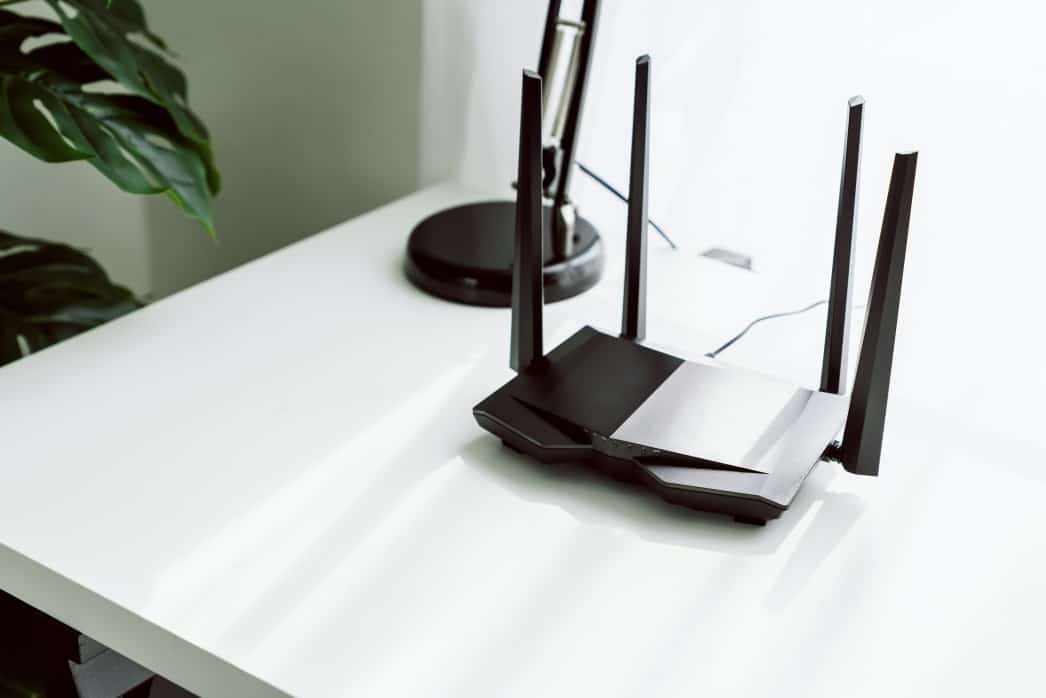
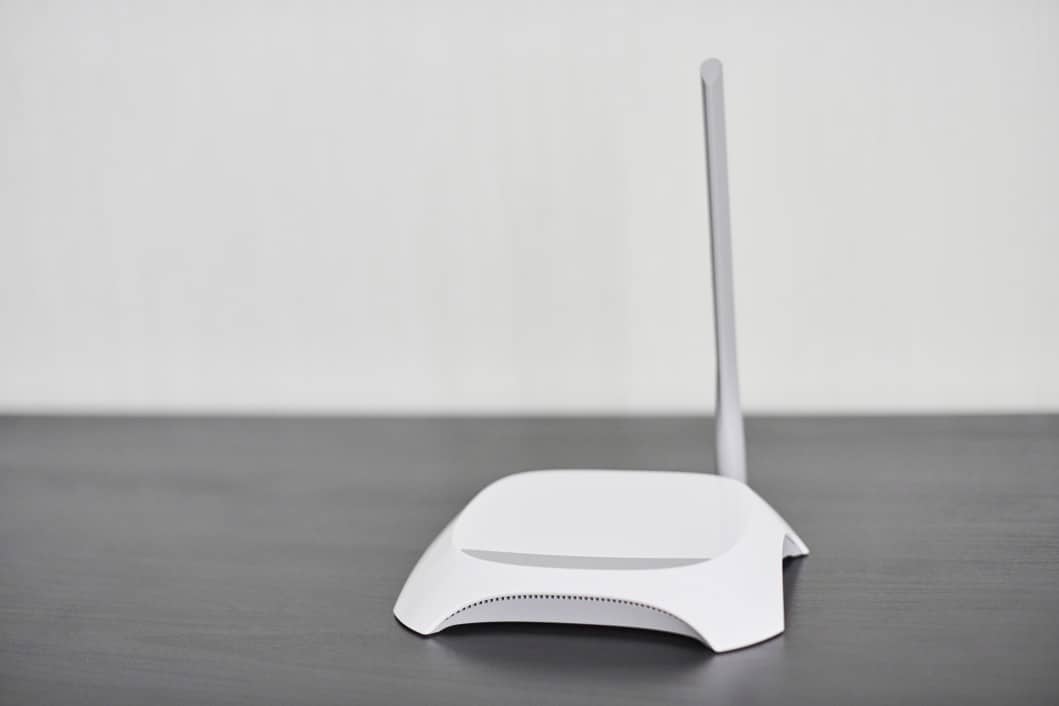
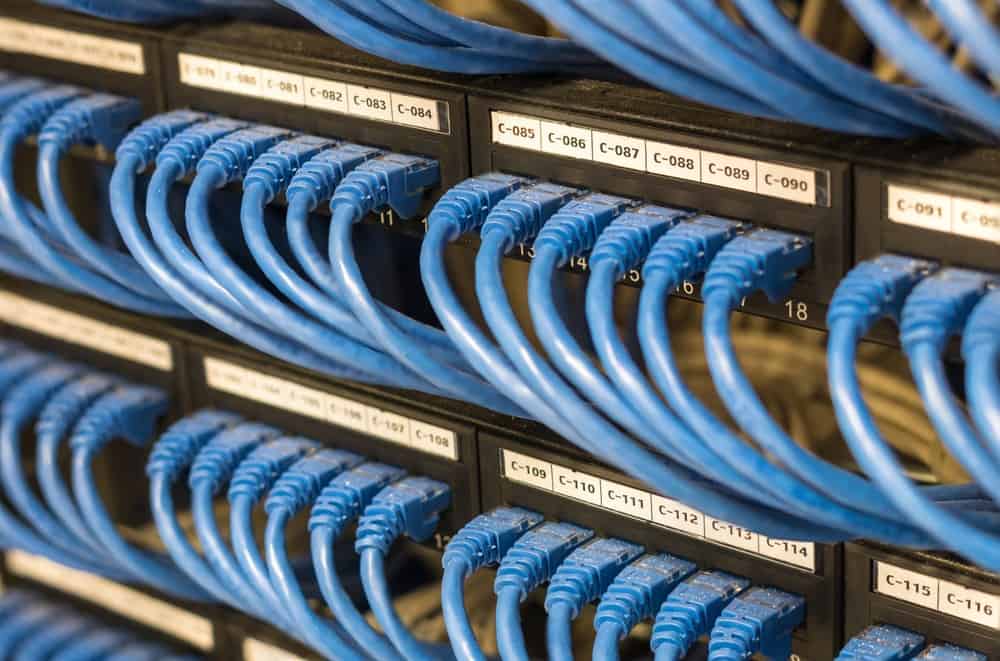


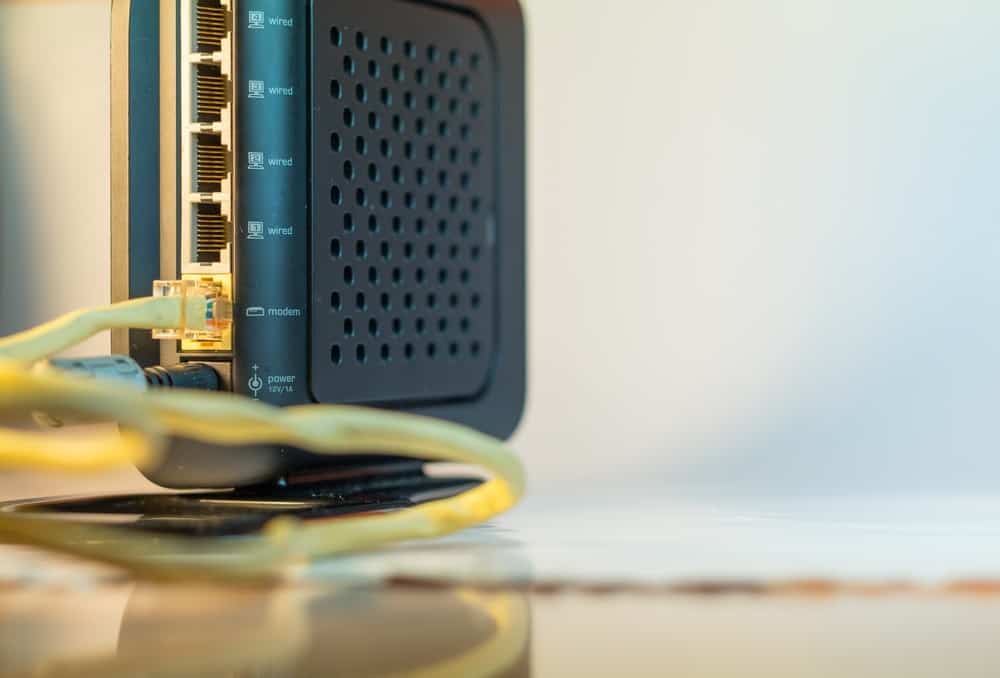

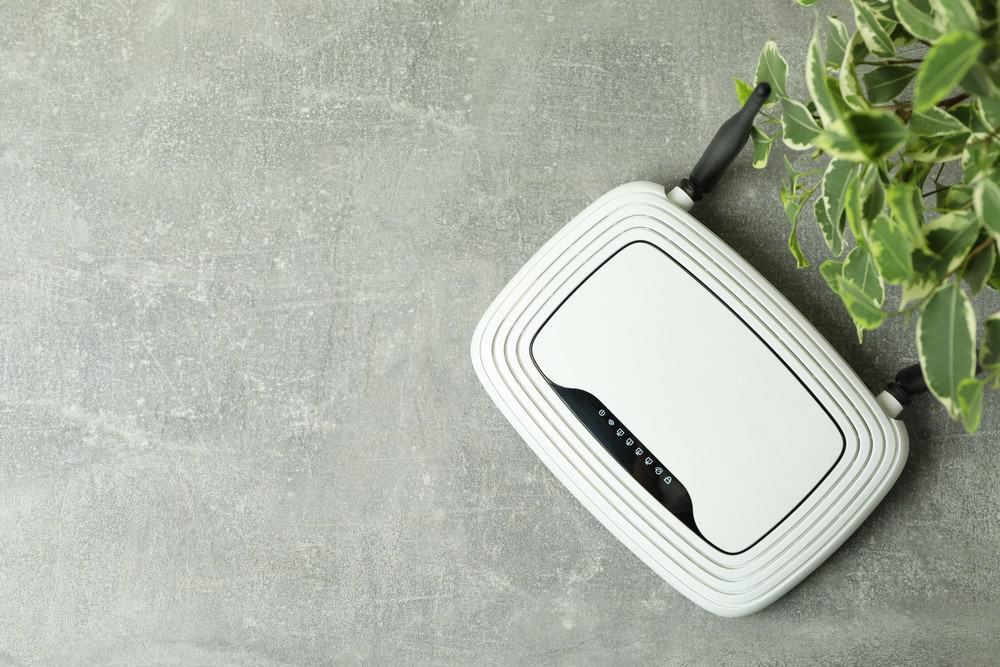
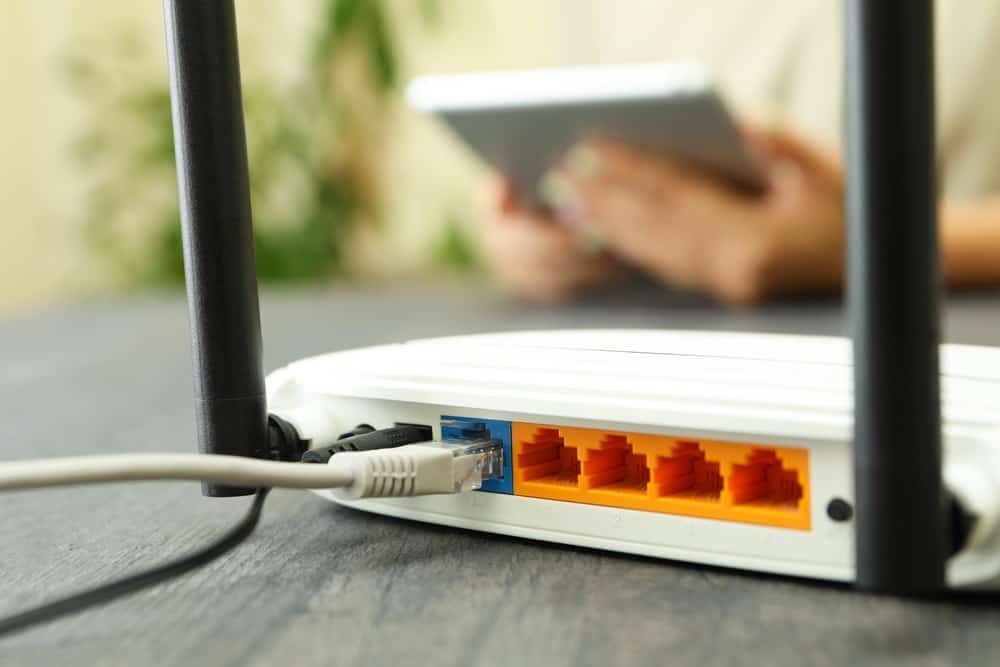
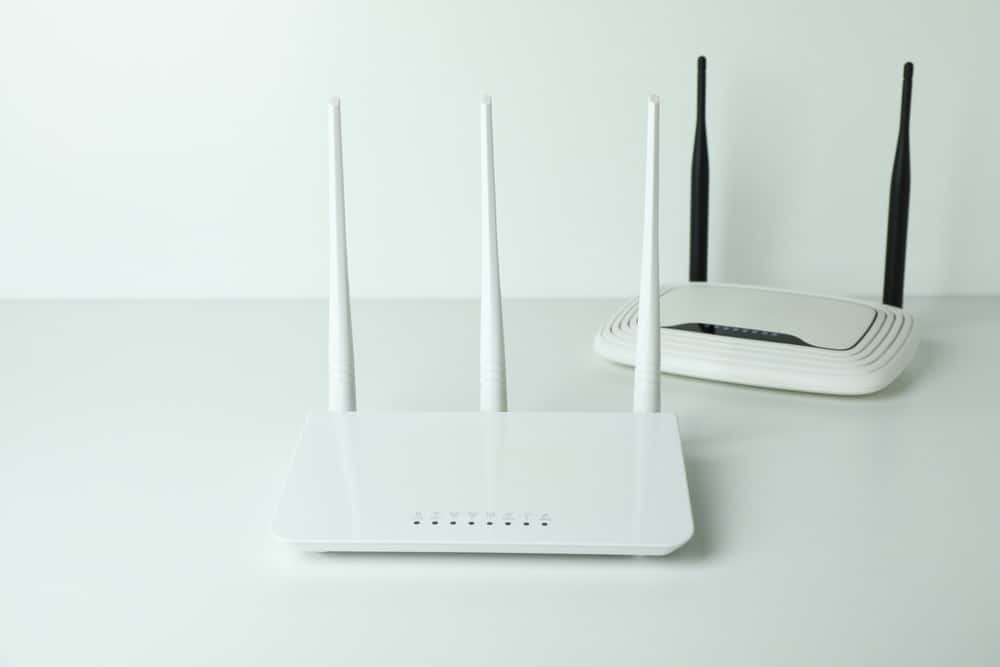
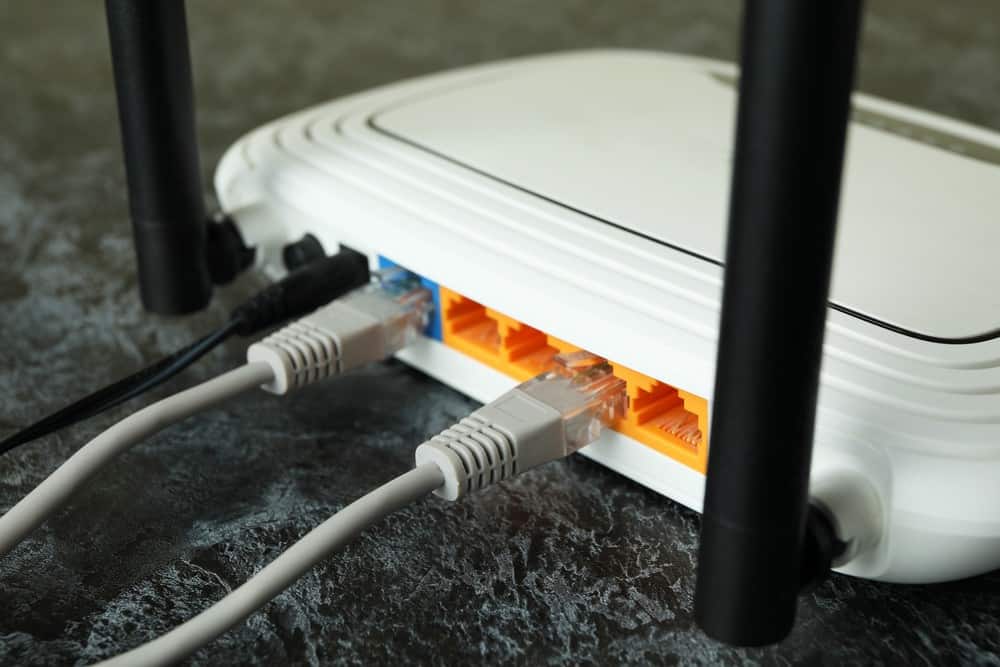
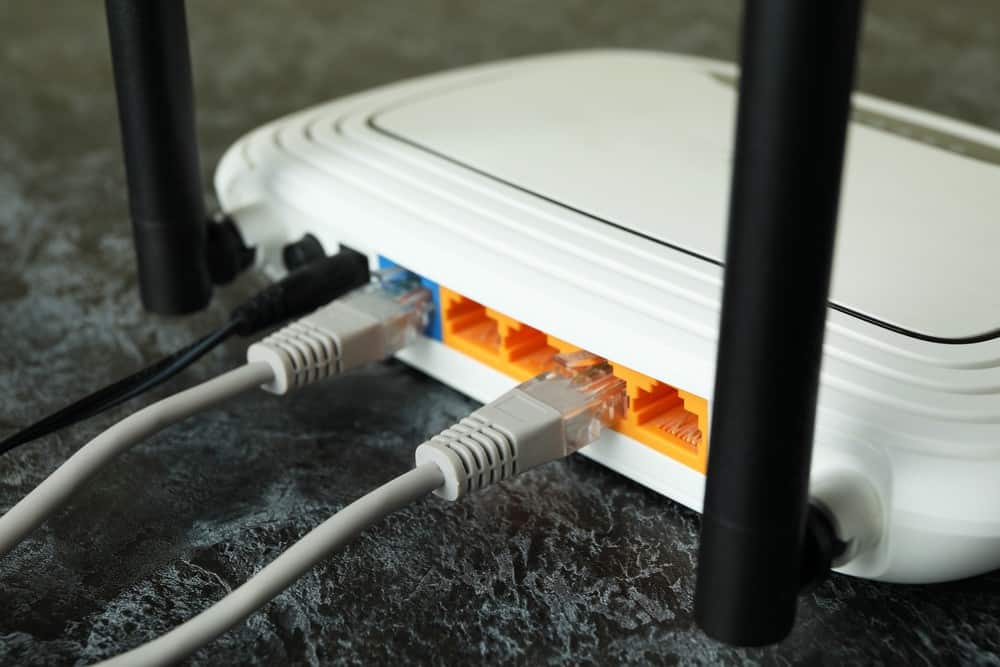
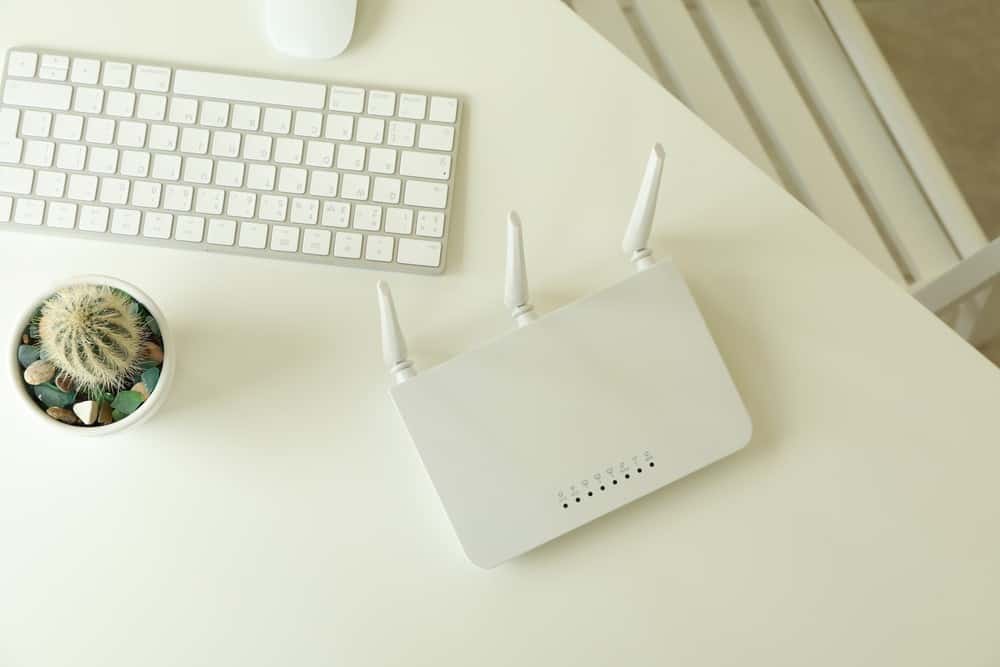

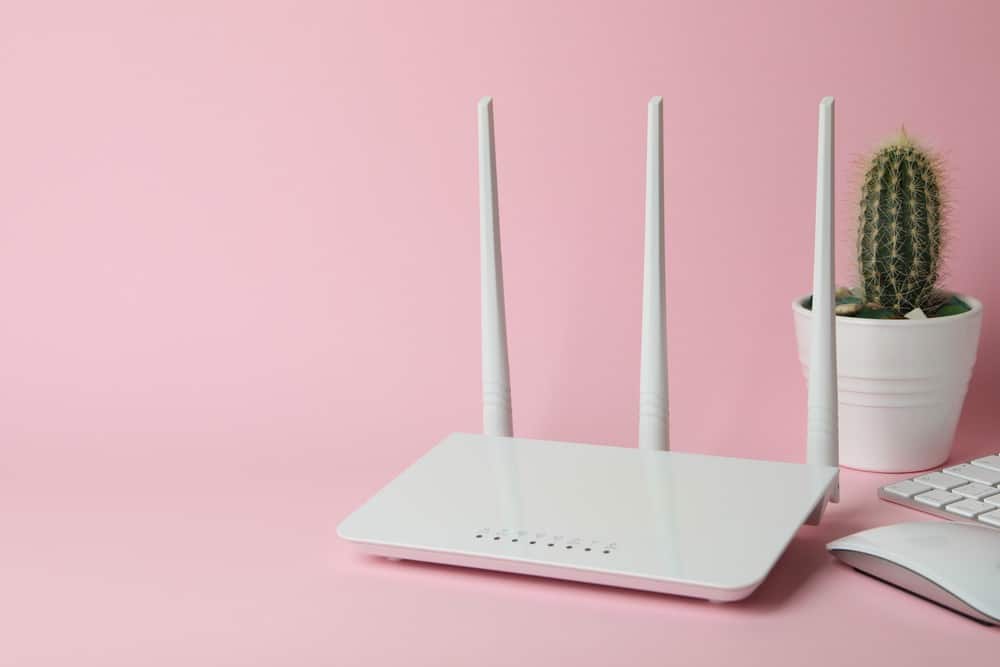
![Best BenQ Monitors in [year] 27 Best BenQ Monitors in 2025](https://www.gadgetreview.dev/wp-content/uploads/best-benq-monitor-image.jpg)
![Best Wifi Extenders For FiOS in [year] 28 Best Wifi Extenders For FiOS in 2025](https://www.gadgetreview.dev/wp-content/uploads/best-wifi-extender-for-fios-image.jpg)
![Best Fiber Optic Routers in [year] 29 Best Fiber Optic Routers in 2025](https://www.gadgetreview.dev/wp-content/uploads/best-fiber-optic-router-image.jpg)
![Best VoIP Routers in [year] 30 Best VoIP Routers in 2025](https://www.gadgetreview.dev/wp-content/uploads/best-voip-router-image.jpg)
![Best Routers for 200Mbps in [year] 31 Best Routers for 200Mbps in 2025](https://www.gadgetreview.dev/wp-content/uploads/best-router-for-200mbps-image.jpg)
![Best Routers for Optimum in [year] 32 Best Routers for Optimum in 2025](https://www.gadgetreview.dev/wp-content/uploads/best-router-for-optimum-image.jpg)
![Best Routers for Apple in [year] 33 Best Routers for Apple in 2025](https://www.gadgetreview.dev/wp-content/uploads/best-router-for-apple-image.jpg)
![Best Routers for Frontier FIOS in [year] 34 Best Routers for Frontier FIOS in 2025](https://www.gadgetreview.dev/wp-content/uploads/best-router-for-frontier-fios-image.jpg)
![Best Secure Routers in [year] 35 Best Secure Routers in 2025](https://www.gadgetreview.dev/wp-content/uploads/best-secure-router-image.jpg)
![Best Routers for Google Fiber in [year] 36 Best Routers for Google Fiber in 2025](https://www.gadgetreview.dev/wp-content/uploads/best-router-for-google-fiber-image.jpg)
![Best Routers for Cox in [year] 37 Best Routers for Cox in 2025](https://www.gadgetreview.dev/wp-content/uploads/best-router-for-cox-image.jpg)
![Best Asus Routers in [year] 38 Best Asus Routers in 2025](https://www.gadgetreview.dev/wp-content/uploads/best-asus-routers-image.jpg)
![Best Linksys Routers in [year] 39 Best Linksys Routers in 2025](https://www.gadgetreview.dev/wp-content/uploads/best-linksys-routers-image.jpg)
![Best Routers for CenturyLink in [year] 40 Best Routers for CenturyLink in 2025](https://www.gadgetreview.dev/wp-content/uploads/best-router-for-centurylink-image.jpg)
![Best WiFi Routers for Multiple Devices in [year] 41 Best WiFi Routers for Multiple Devices in 2025](https://www.gadgetreview.dev/wp-content/uploads/best-wifi-router-for-multiple-devices-image.jpg)
![Best Wired Routers in [year] 42 Best Wired Routers in 2025](https://www.gadgetreview.dev/wp-content/uploads/best-wired-router-image.jpg)
![Best Routers for 4K Streaming in [year] 43 Best Routers for 4K Streaming in 2025](https://www.gadgetreview.dev/wp-content/uploads/best-router-for-4k-streaming-image.jpg)
![Best Cisco Routers in [year] 44 Best Cisco Routers in 2025](https://www.gadgetreview.dev/wp-content/uploads/best-cisco-routers-image.jpg)
![Best eero Routers in [year] 45 Best eero Routers in 2025](https://www.gadgetreview.dev/wp-content/uploads/best-eero-routers-image.jpg)






